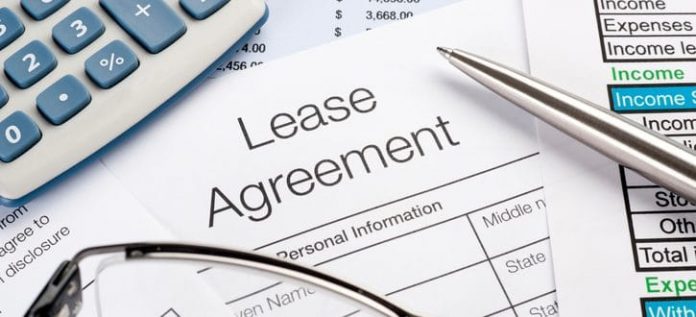Operating lease is an agreement or contract that allows us to use a particular asset or the possession of a particular asset, but it does not convey ownership right of the asset. For decades, anything that fell under the category of the operating lease was considered a form of off-balance-sheet financing and is not included on a company’s balance sheet.
Referred to as ASC 842, IFRS 16 & GASB 87, these are the new lease accounting standards released by the Financial Accounting Standard Boards (FASB) & International Accounting Standards Board (IASB) for the first time in almost 40 years.
The previous leasing standard 840 is replaced by the new leasing accounting standard 842. It was replaced to overcome the major loophole that existed in ASC 840 and in June 2017 the Government Accounting Standard Board (GASB-84). In GASB -84, it requires all the lease under this statement should be reported as capital leases unless the lease is a short term, or defined as 12 months or less.
IFRS 16 is an International Financial Reporting Standards Board(IASB) guiding accounting for leases. It is more effective for the companies that report under IFRS on 1st January 2019. The overall goals of these new accounting standards to enhance the transparency into the liabilities of the financial statements of companies that result from leasing agreement, particularly operating leasing. Similar to ASC 840, the new Accounting Standard also uses a two-model approach, which categorizing every lease as either a financial lease or an operating lease. Finance leases is a new term which replaces the capital lease under 840.
ASC 842 requires capitalization of vast money of leases and the lessees who are reporting under 842 are required to recognize the full value of asset and liabilities that arises from the leases and need to measure them on the basis of the present value of lease payment. The changes that are brought by ASC 842 make it necessary to record operating leases along with finance leases which are in the terms of 12 months or less or the assets which are of low value. In this case, lessees have the choice to elect to not recognize lease assets and liabilities. But they should recognize lease assets and liabilities. But they should recognize lease expenses on a straight-line basis over the term of the lease.
IFRS 16 was issued in Feb. 2016 by the International Financial Reporting Standards Foundation (IFRS foundations).IAS 17 replaced by IFRS 16 which introduces a single lessee accounting model and will treat all the leases as the financial leases and requiring lessees to recognize theory assets and liabilities for each IFRS 16 provides some exemptions to the leases which are in the term less than or equal to 12 months are exempted and leases which has a value of $5000 or less are exempted.
The new government lease accounting standard GASB -87 was used by governmental accounting standards board (GASB- 87) in June of 2017. Those leases reporting under GASB 87 are required to recognize a right of use assets and a liabilities for each lease agreement also provides exemptions for both GASB -87 the lessee and lessor as similar to ASC 842 and IFRS 16 for those short term lessons and those who are in the term of less than or equal to 12 months.
From an accounting point of view, there is no difference between an operating lease and finance lease for the lessee. Leases will be capitalized by monitoring the present value of the lease payment and showing them either as lease assets or property, plant, and equipment. Along with this is the effect, the industry will also show a financial liability on their balance sheet representing its payment obligation or outstanding payments and it also results in an increase in lease assets and in financial liabilities. As per the result of the key financial ratios derives from a company’s balance sheet will also change as per the changes occurred in the assets and liabilities.

